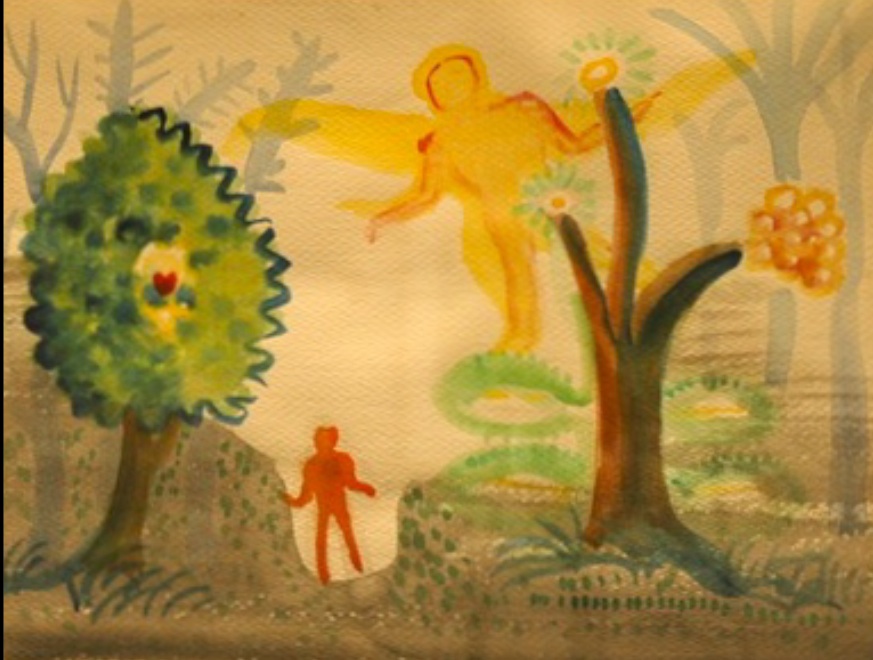
Seen in the context of Reaney’s writing, this exhibition probes ideas of play, home, regionalism, symbolism, and the interplay between text and image. Through sketches, drawings, and paintings of emblems, figures and archetypes, as well as the Canadian landscape, the exhibition explores the themes most prevalent in his writings. (From the Spring Exhibitions invitation, McMichael Canadian Art Collection, April 17, 2008)
The Iconography of the Imagination:
The Art of James Reaney
McMichael Canadian Art Collection, Kleinburg, Ontario
January 26 to May 18, 2008
London, Ontario-based James Crerar Reaney has been a prolific and celebrated writer for more than six decades. During this time, Reaney has also found other means to express his thoughts. Although less known than his writings, visual art has been an ongoing component of Reaney’s creativity.
The Iconography of the Imagination: The Art of James Reaney is the first major public gallery exhibition to introduce Reaney’s artwork. It surveys his art from the 1940s to the late 1990s, and examines a variety of ideas that have accompanied Reaney throughout his literary career. Named after his periodical, Alphabet: A Semi-annual Devoted to the Iconography of the Imagination, the title of the exhibition reflects Reaney’s attitudes towards the process of art making. For Reaney, art is a symbol or expression of the human mind and its ability to imagine and create.
Reaney’s art is as diverse and multilayered as his writing. While it has a lighthearted and playful quality, it can also be thought-provoking. There are aspects of his artwork that tend towards the folkloric, revealing a fascination with archetypes, local subjects, and mythmaking. Similarly both his landscapes and figurative works are preoccupied with concepts of regionalism, home, and small town life.
Some of Reaney’s art can be described as semi-autobiographical, documentary, occasionally spiritual as it exposes the theological underpinning of his beliefs, and largely iconographical for its strong usage of symbolism. What is most unique in his art, however, is its consistent connection to the field of literature from where it is drawn. This continuity between the two creative disciplines is not only evident in the cross-referencing of ideas, but also in the incorporation of text with image.
Note from Susan Reaney: This text was written by Tom Smart, Director at the McMichael Canadian Art Collection, 2006-2010. The images below were taken by Linda Morita, Librarian and Archivist at the McMichael Canadian Art Collection, and are used by permission.
〈〈〈 ♦♥♦ 〉〉〉 To view the images in sequence, go to the large featured image at the top of this page and then click on the left and right arrow keys.
Photographer: Linda Morita, 2008
Photos courtesy of the McMichael Canadian Art Collection.

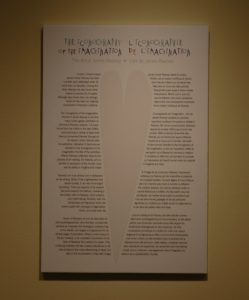
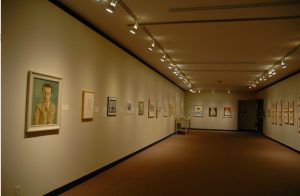
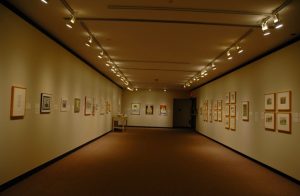
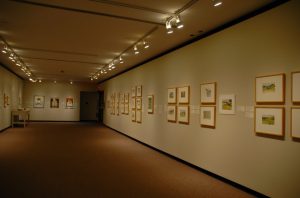
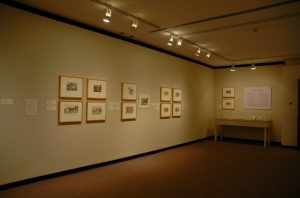
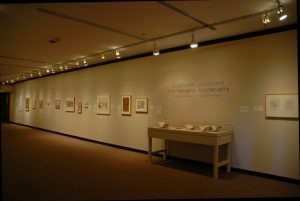
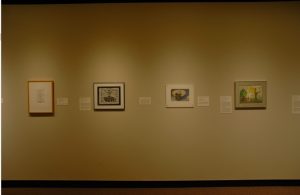
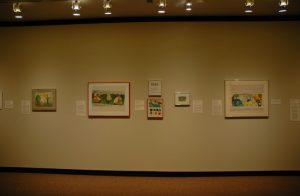
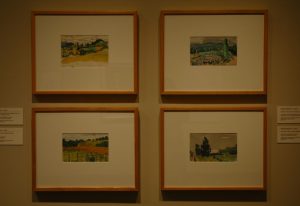
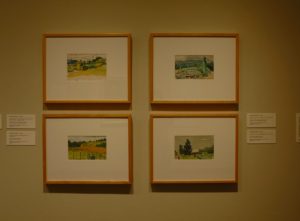
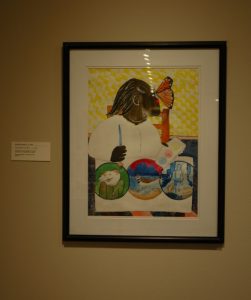


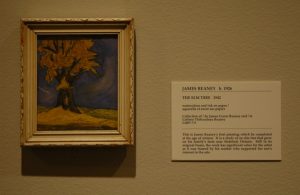
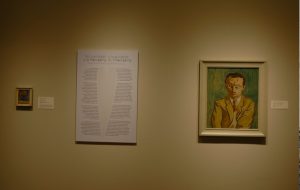

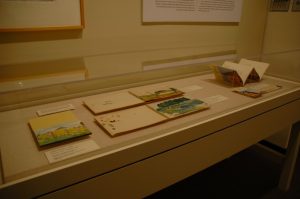
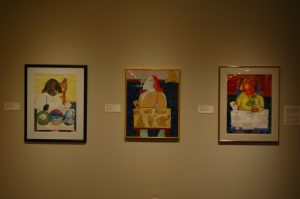
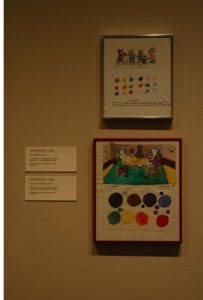

This is an extraordinary site
Very inspiring
It oozes in spirit
Thanks, Paul — getting there!